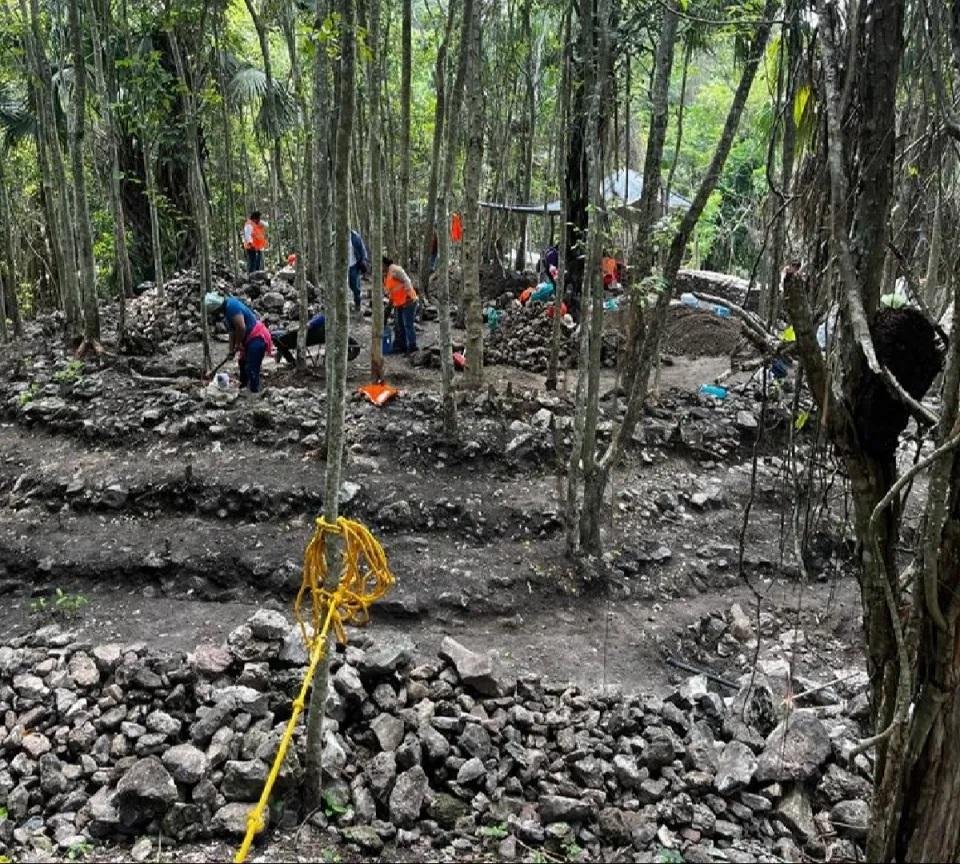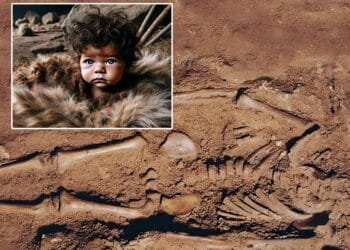Archaeologists have unearthed an ancient circular structure in the jungles of Mexico, that is believed to be linked to the cult of a prominent Maya serpent deity.

The findings, made by a team from the Mexican National Institute of Anthropology and History (INAH) at the El Tigre archaeological site in Campeche state, Yucatán Peninsula, shed light on the historical and cultural significance of the region.
The circular structure, dating back to the early Postclassic period (1000-1200 CE), was likely associated with the worship of Kukulcán, a feathered serpent deity akin to the Aztec’s Quetzalcóatl.
This religious center, located at El Tigre, may have been instrumental in rituals and ceremonies dedicated to the deity, reflecting the strong cultural ties of the Chontal or Putun Maya people who inhabited the region.

Diego Prieto Hernández, the general director of Mexico’s National Institute of Anthropology and History, emphasized the importance of this find during a press conference attended by Mexican President Andrés Manuel López Obrador.
The circular structure, a two-story building that possibly supported a flat-roofed temple, expands our understanding of El Tigre’s late occupation during a time when the Maya zone had extensive connections with other Mesoamerican regions, including central Mexico, Oaxaca, and the Gulf Coast.
The El Tigre site, believed to correspond to the ancient Maya settlement Itzamkanac, served as a regional capital and commercial hub for the Chontal Maya civilization. This architectural feature is not unique to El Tigre, as similar circular structures have been found at various sites across the Yucatán Peninsula, including Edzná, Becán, Uxmal, and Chichen Itzá.

The archaeological excavation that led to this discovery was part of the Tren Maya (Maya Train) project, a nearly 1,000-mile-long railway set to start operating in December. While the project aims to bring tourists to lesser-known inland locations, including historic Maya sites, it has faced controversy and criticism. Critics express concerns about potential damage to archaeological sites and environmental impact.

Despite the controversies surrounding Tren Maya, the archaeological work at El Tigre has contributed significantly to our understanding of the Maya civilization. The recently discovered circular structure provides valuable perspectives on the religious rituals, architectural preferences, and cultural interactions of the Chontal Maya people throughout the early Postclassic period.




























